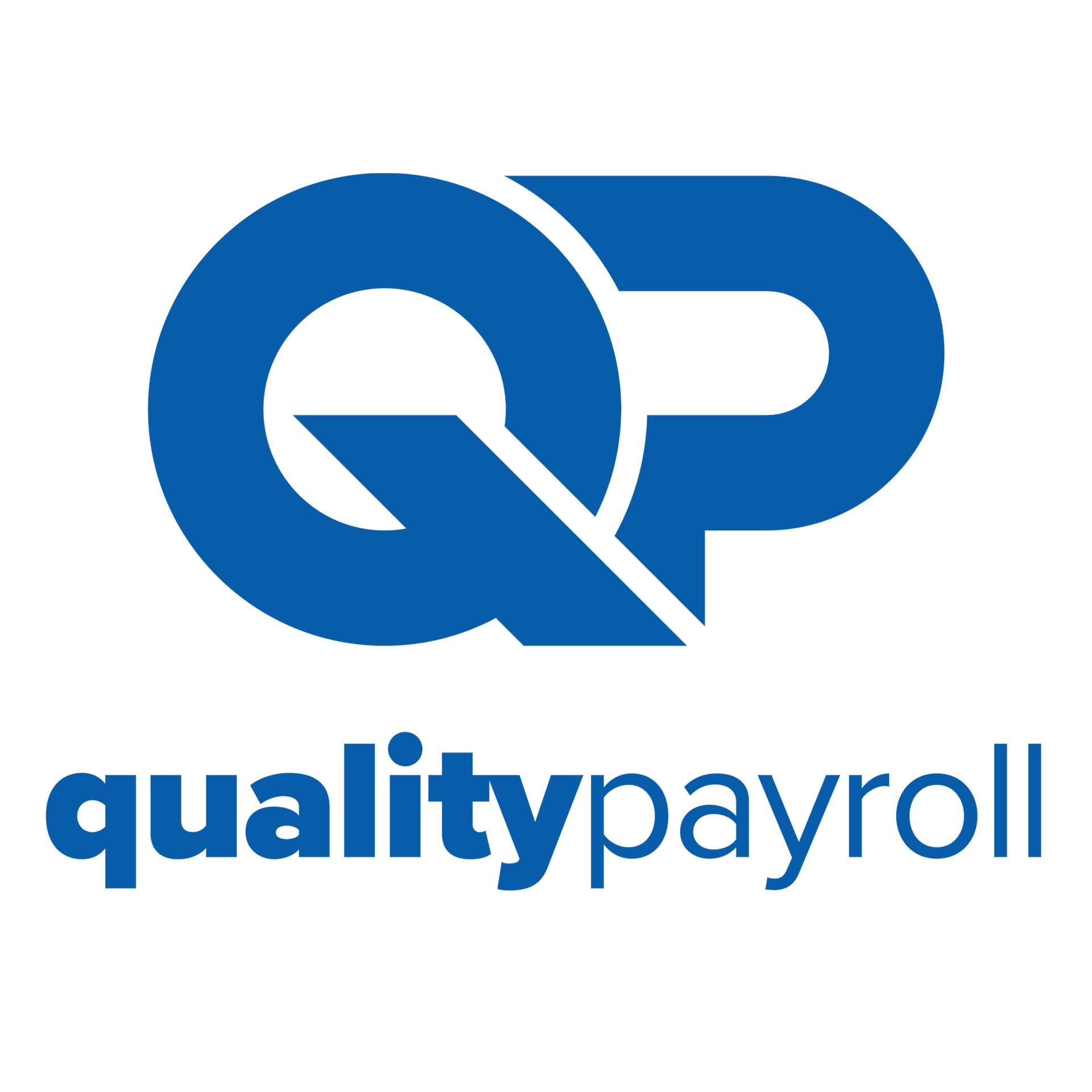Navigating FMLA for Small Businesses: A Comprehensive Guide
Navigating the Family and Medical Leave Act (FMLA) can be particularly challenging for small businesses, where human resources are often limited, and every employee's role is vital. This guide aims to demystify FMLA regulations and procedures, focusing on practical application for businesses in Utah. It will cover eligibility requirements, leave tracking, and legal obligations, providing a clear roadmap for managing FMLA leave effectively and compliantly.
Understanding FMLA Eligibility
Criteria for Employee Eligibility
For an employee to qualify for FMLA leave, they must have worked for the employer for at least 12 months, have clocked at least 1,250 hours over the past 12 months, and work at a location where at least 50 employees are employed by the company within 75 miles. Understanding these criteria is crucial for employers to manage requests accurately.
Determining Business Obligations
Not all businesses are required to offer FMLA leave. Only employers with 50 or more employees are subject to FMLA regulations. For small businesses hovering around this threshold, it’s essential to accurately track the size of the workforce to determine FMLA applicability.
Administering FMLA Leave
Processing Leave Requests
When an employee requests FMLA leave, the employer must provide a response within five business days. The response should include whether the employee is eligible for FMLA leave and, if not, the reasons for ineligibility.
Documentation and Record Keeping
Maintaining thorough documentation is vital for FMLA compliance. This includes keeping detailed records of employee notices, leave requests, and communications regarding FMLA. Documentation helps protect the business in the event of disputes and ensures all parties understand their rights and responsibilities.
Managing Leave Tracking
Integrating Leave Tracking Systems
Implementing an efficient system to track FMLA leave is critical, especially for small businesses that may not have dedicated HR departments. Many software solutions can automate parts of the leave management process, reducing the administrative burden and helping ensure compliance.
Monitoring Leave Duration and Type
FMLA allows for up to 12 weeks of leave within a 12-month period for qualifying reasons, which include personal or family illness, pregnancy, adoption, and foster care of a child. Employers need to monitor the type of leave taken and ensure it falls within the FMLA parameters.
Legal Responsibilities During FMLA Leave
Maintaining Health Benefits
During FMLA leave, an employer must continue an employee's health insurance under any group health plan on the same terms as if the employee had continued to work. This is often a point of confusion for small businesses, but non-compliance can lead to significant legal repercussions.
Job Protection and Reinstatement
Another critical aspect of FMLA is job protection. Except in certain circumstances, employees are entitled to be reinstated to the same or an equivalent position at the end of their FMLA leave. Understanding these provisions is important to prevent unlawful employment practices.
Navigating Complex Cases
Dealing with Intermittent Leave
Intermittent FMLA leave allows employees to take leave in blocks of time or by reducing their daily or weekly schedule. This type of leave can be challenging to manage and requires meticulous record-keeping and communication to coordinate business operations effectively.
Addressing Potential Abuse
While FMLA is a vital benefit for employees, it can be susceptible to misuse. Employers must be vigilant but fair in monitoring FMLA use. If abuse is suspected, it should be addressed through the proper legal channels and by following established company procedures.
Providing Employee Education
Educating employees about their rights and responsibilities under FMLA can prevent misunderstandings and foster a more cooperative environment. Employers should provide training sessions and accessible written materials that clearly outline how FMLa leave works within the company.
Small businesses in Utah managing FMLA processes face unique challenges due to their size and the limited availability of resources. By understanding the detailed legal requirements and implementing effective management systems, small businesses can handle FMLA leaves efficiently, ensuring compliance and maintaining operational stability. The ability to manage these aspects effectively not only supports compliance with federal laws but also supports the well-being of employees, ultimately contributing to a positive workplace culture and employee relations.
Navigating FMLA leave can be complex, but Quality Payroll & Benefits is here to help. Don't let FMLA challenges slow you down. Contact us today for personalized assistance tailored to your business needs.










